Nội Dung Chính
(Page 106)
D GOAL Discuss Fashion
Reading 🎧50 (Optional)
A Look at the photo. Which country do you think the woman is from? What is she wearing?
B Read the article. Check your predictions in A and match the titles to paragraphs 1-3.
a. The modern lives of the "cholitas".
b. Women with a special style of clothing.
c. International "chola" fashion.
C Read the article again. Answer these questions.
1. What was difficult for these women in the past? How are their lives different today?
2. Why did Delphine Blast photograph some of the women?
3. In which countries do people wear Eliana's clothes?
4. Where did she show her clothes recently?
D Match the words in bold to the definitions.
1. You might see women wearing unique clothing. _____________
2. This is the fashion of Aymaran women. _____________
3. She loved the style of the "cholitas" in the street. _____________
4. Many women... want to wear these outfits. _____________
a. popular type of clothes
b. sets of clothing (e.g., for a special occasion)
c. very different from others
d. a way of doing something (e.g., wearing certain clothes)
GOAL CHECK
1. Do you agree or disagree with each statement? Why? Write notes in your notebook.
1. Bowler hats are popular in my country.
2. People with stylish clothes are always rich.
3. School uniforms are a good idea.
4. Stylish shoes are better than comfortable ones.
5. Men should always wear suits to work.
6. Women spend more money on clothes than men.
7. Fashion in the 20th century was better than it is now. 8. Most people like shopping for clothes.
2. In groups, discuss the statements. Give your opinions with reasons for your ancword.
Pride Through Fashion

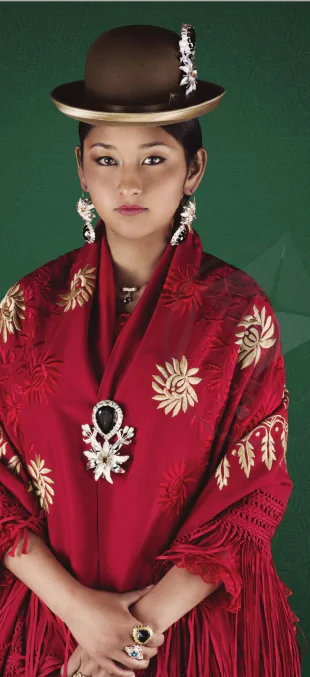
(Page 107)
1. If you visit the Andes regions of Bolivia, Peru, or Chile, you might see women wearing unique clothing: bowler hats, handmade shawls, and lots of jewelry. This is the fashion of Aymaran women. The Aymara are an indigenous group of people from the Andes mountains and Aymaran women's clothing is very different. Locally, these women are called "cholitas" with their "chola" fashion.
2. In the past, it was difficult for Aymaran women to get good jobs or an education. They often lived in poorer parts of the cities. But in modern Bolivia, this is changing. More and more Aymaran women go to school. They often get well-paid jobs, so they now have money to spend on more expensive clothes. When French photographer Delphine Blast visited La Paz, the capital of Bolivia, she loved the style of the cholitas, so she photographed some of these fashionably dressed women.
3. Eliana Paco Paredes is an Aymaran fashion designer, and she says that chola clothes are in fashion at the moment. She has a store in La Paz and sells the clothes to local people, and also internationally. "We dress many people in Peru, Argentina, Chile, Brazil, and some products we make go to Spain and Italy." Recently, Eliana showed her clothes at New York's Fashion Week, where they were very popular. "We're getting people to learn about what this clothing is,... and many women outside of Bolivia want to wear these outfits."
indigenous (adj) coming to / living in a country before anyone else
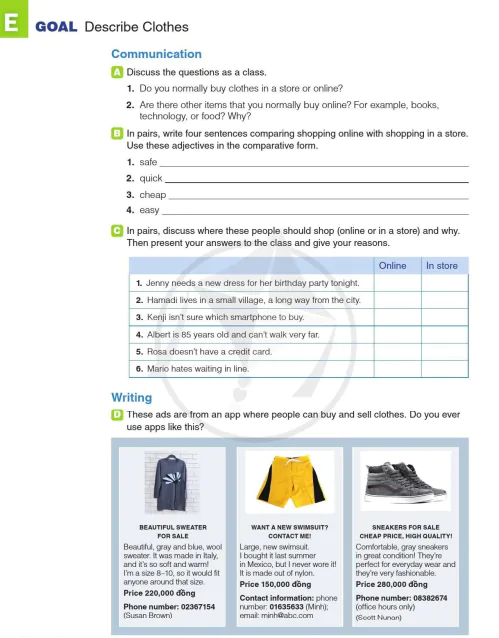
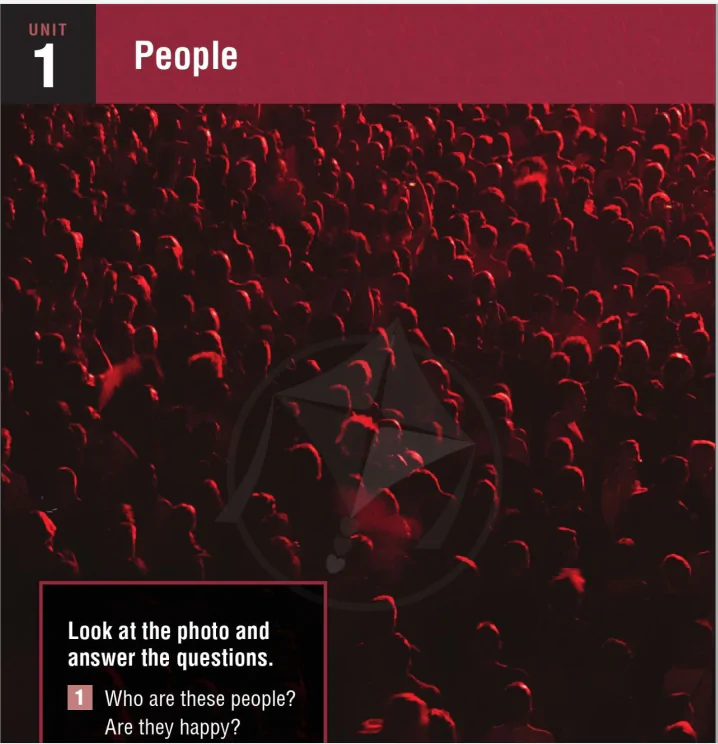
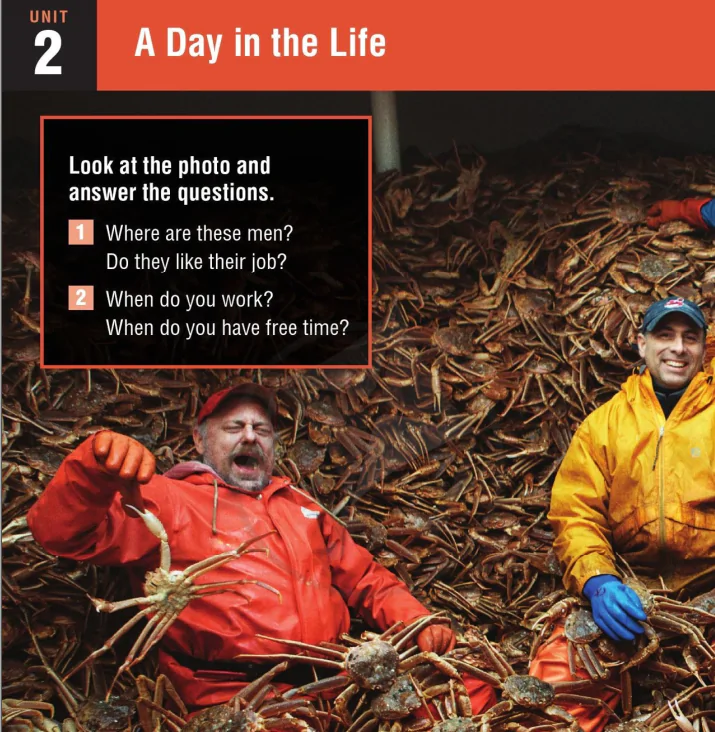
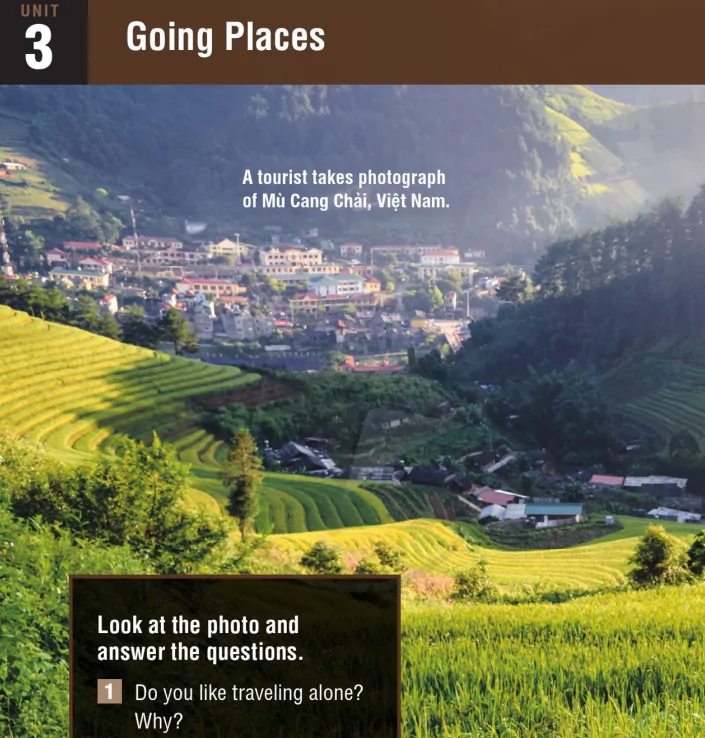
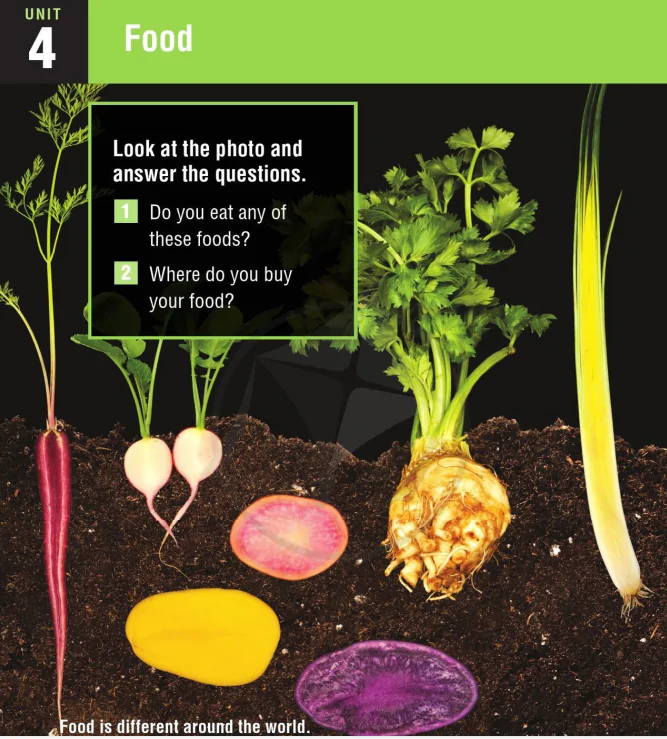
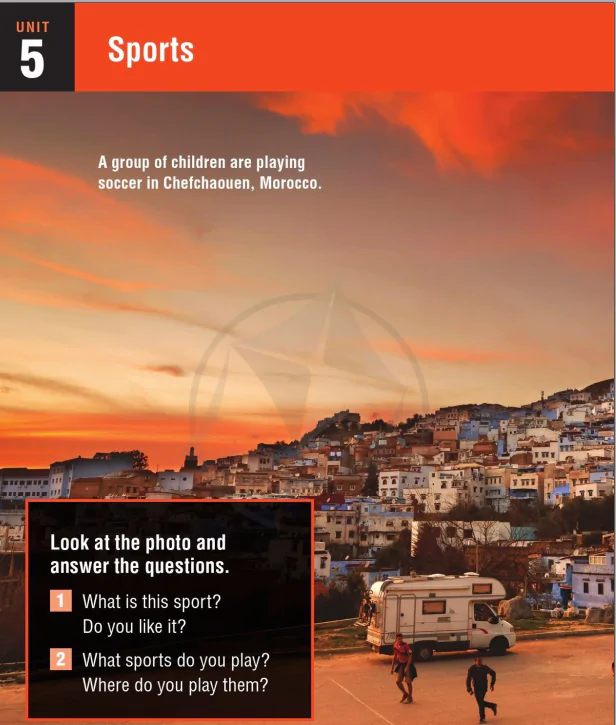
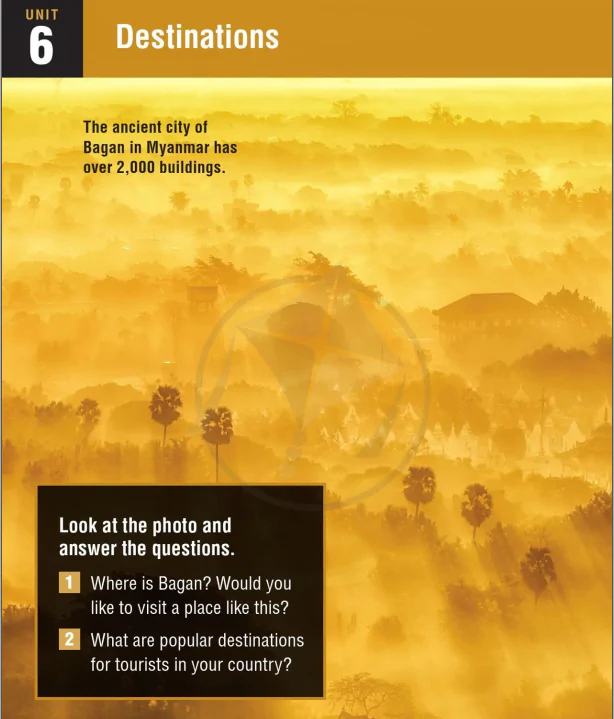
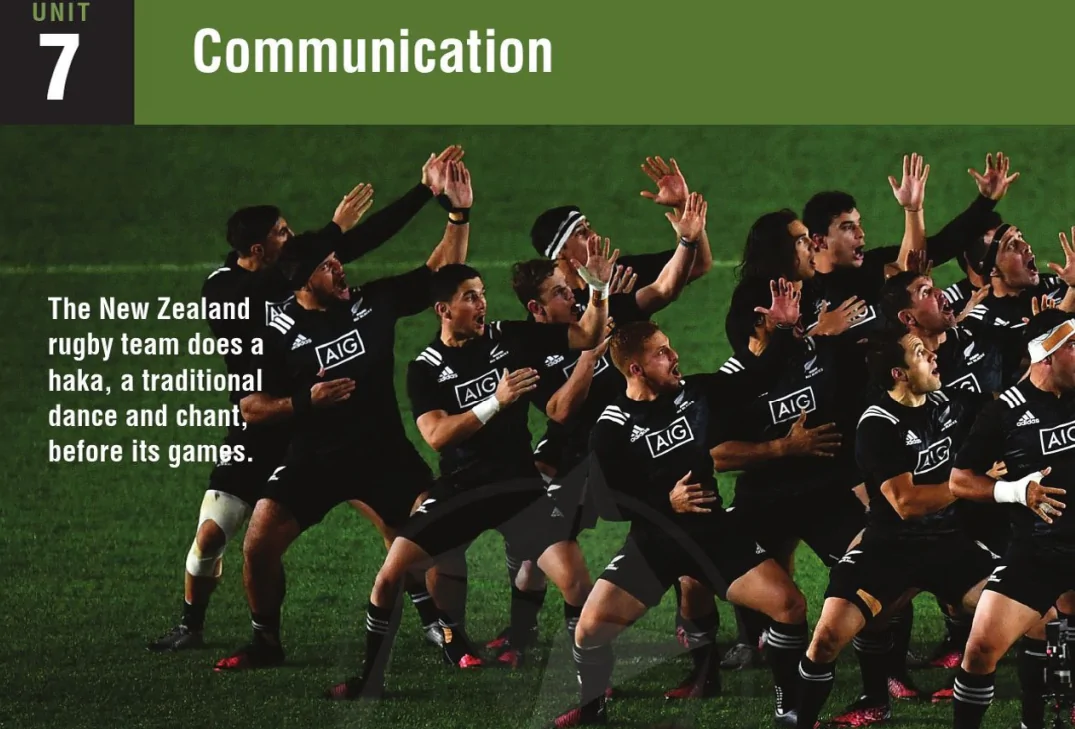
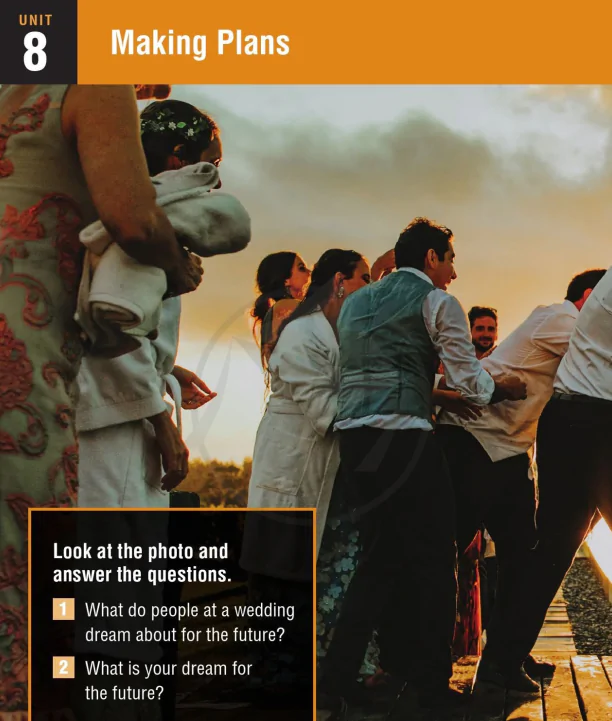
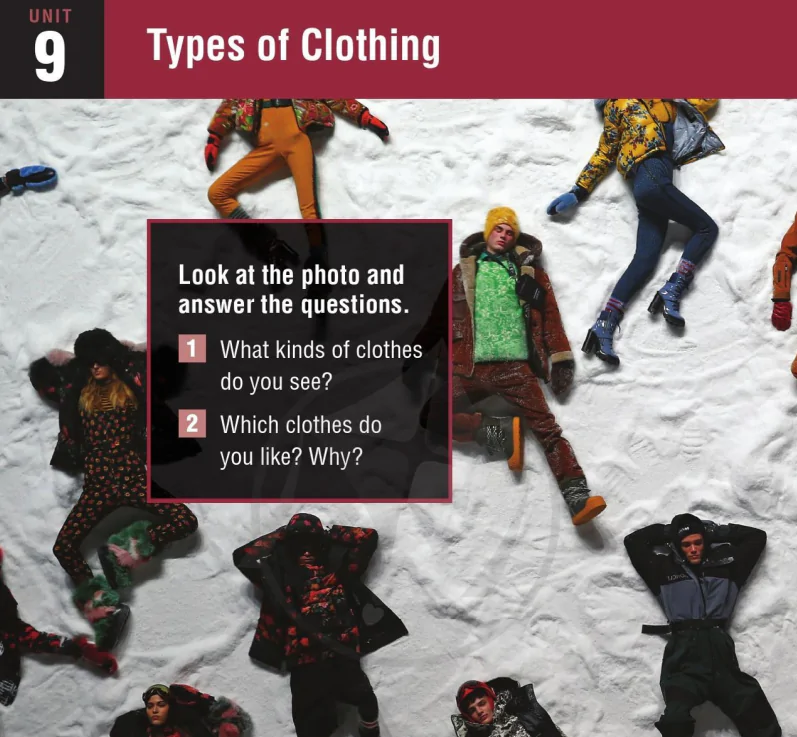
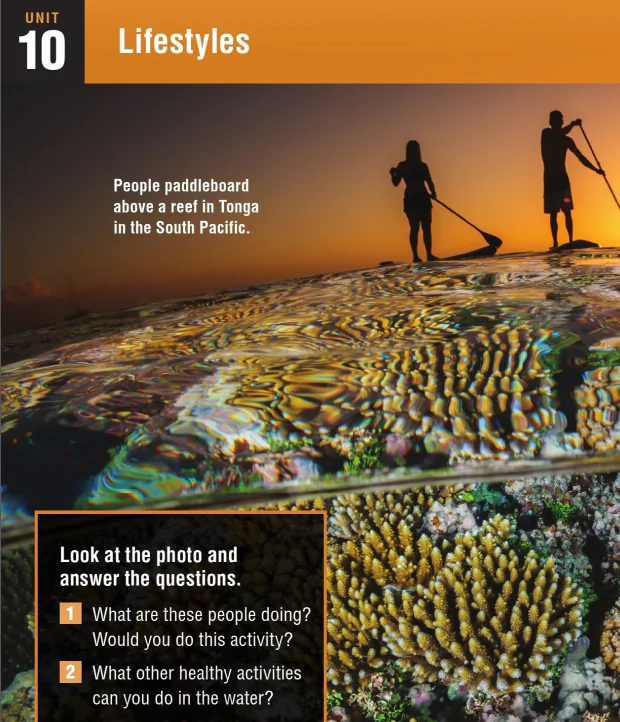
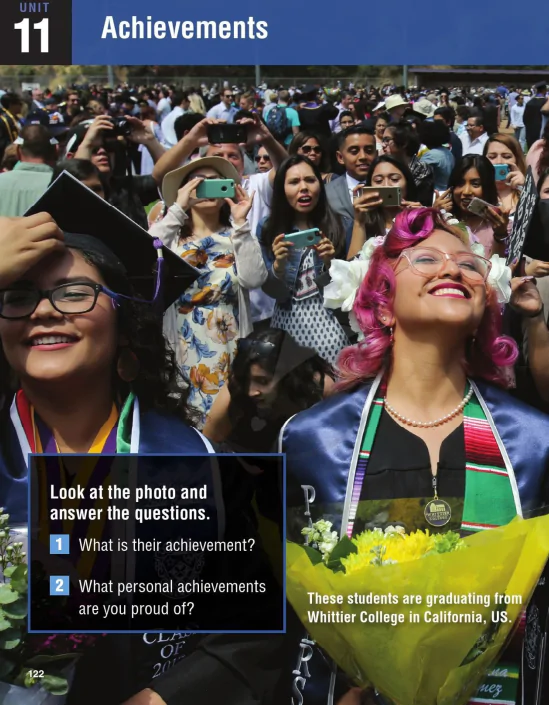

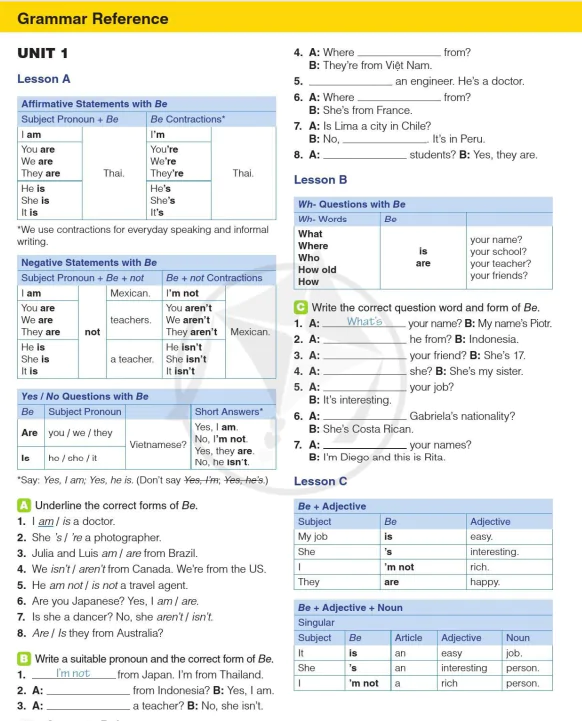
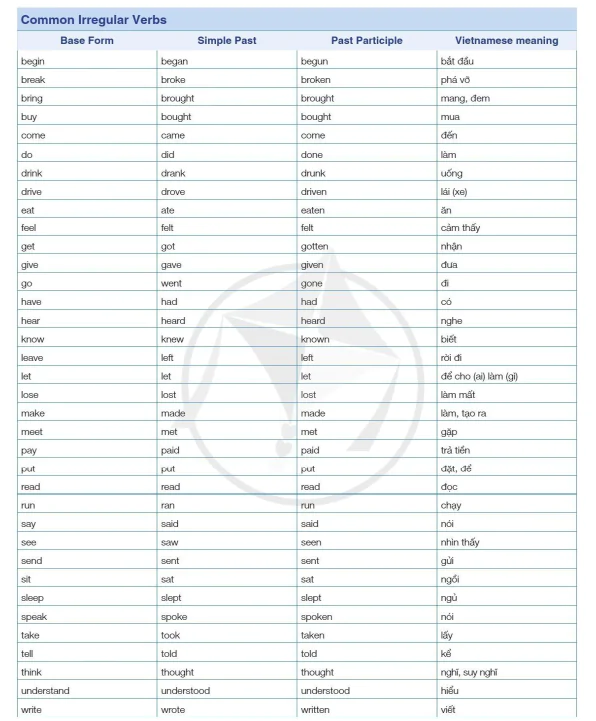
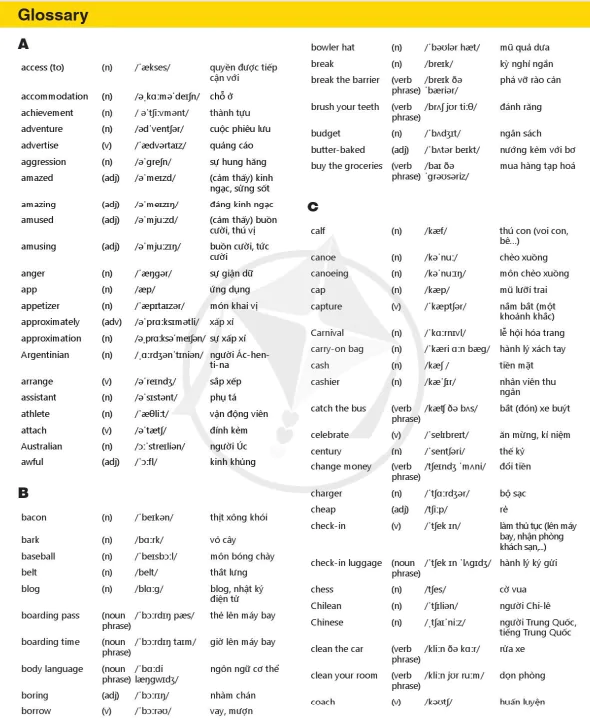
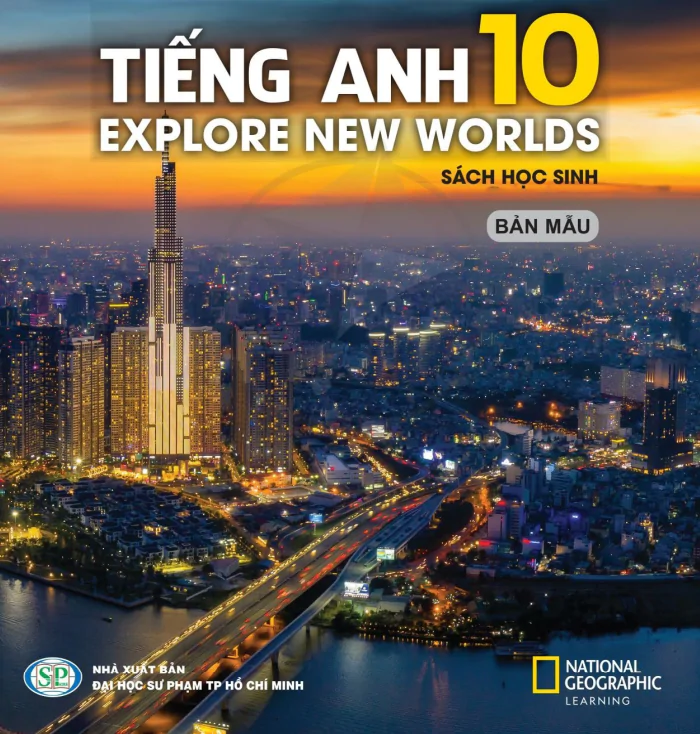

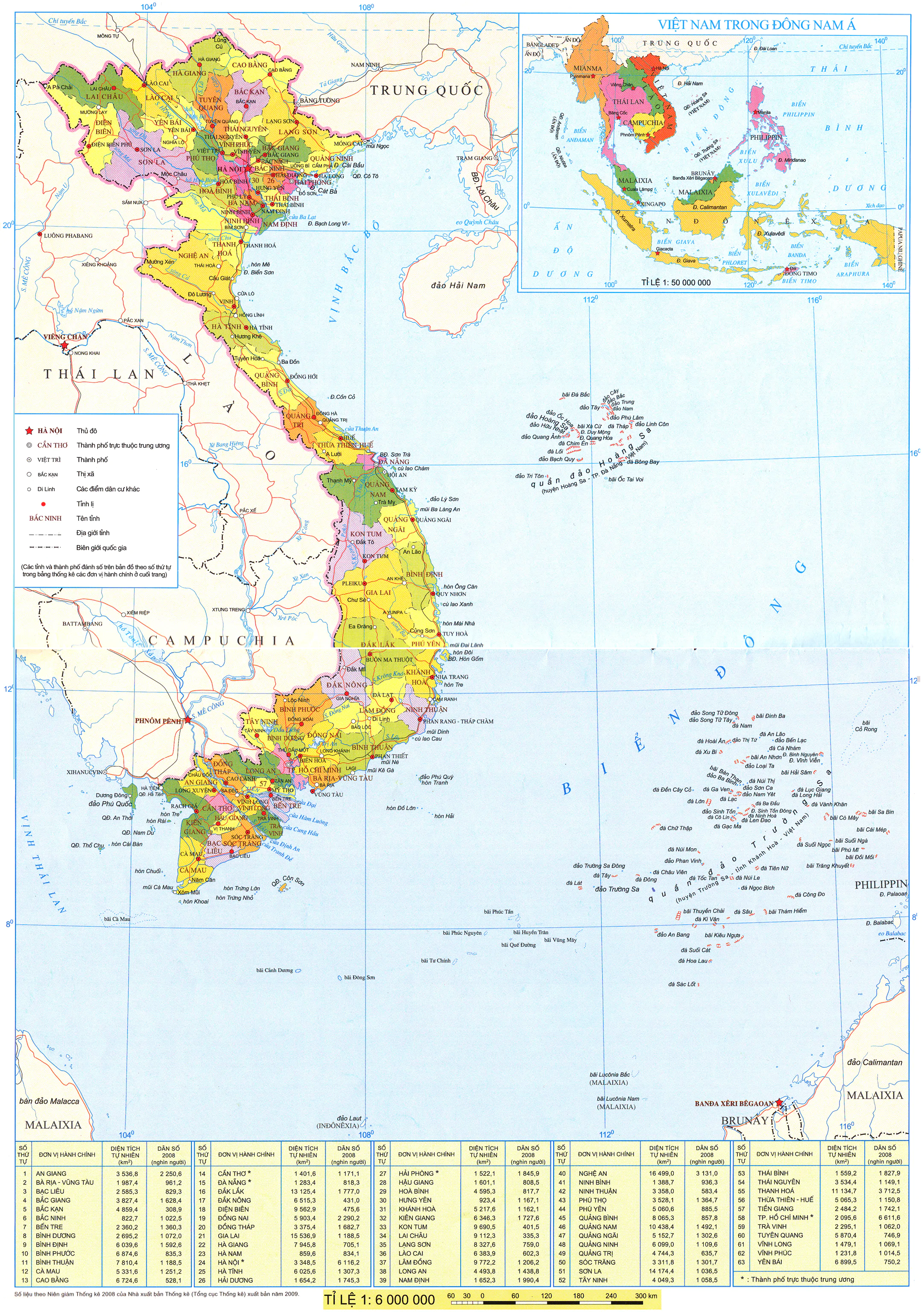
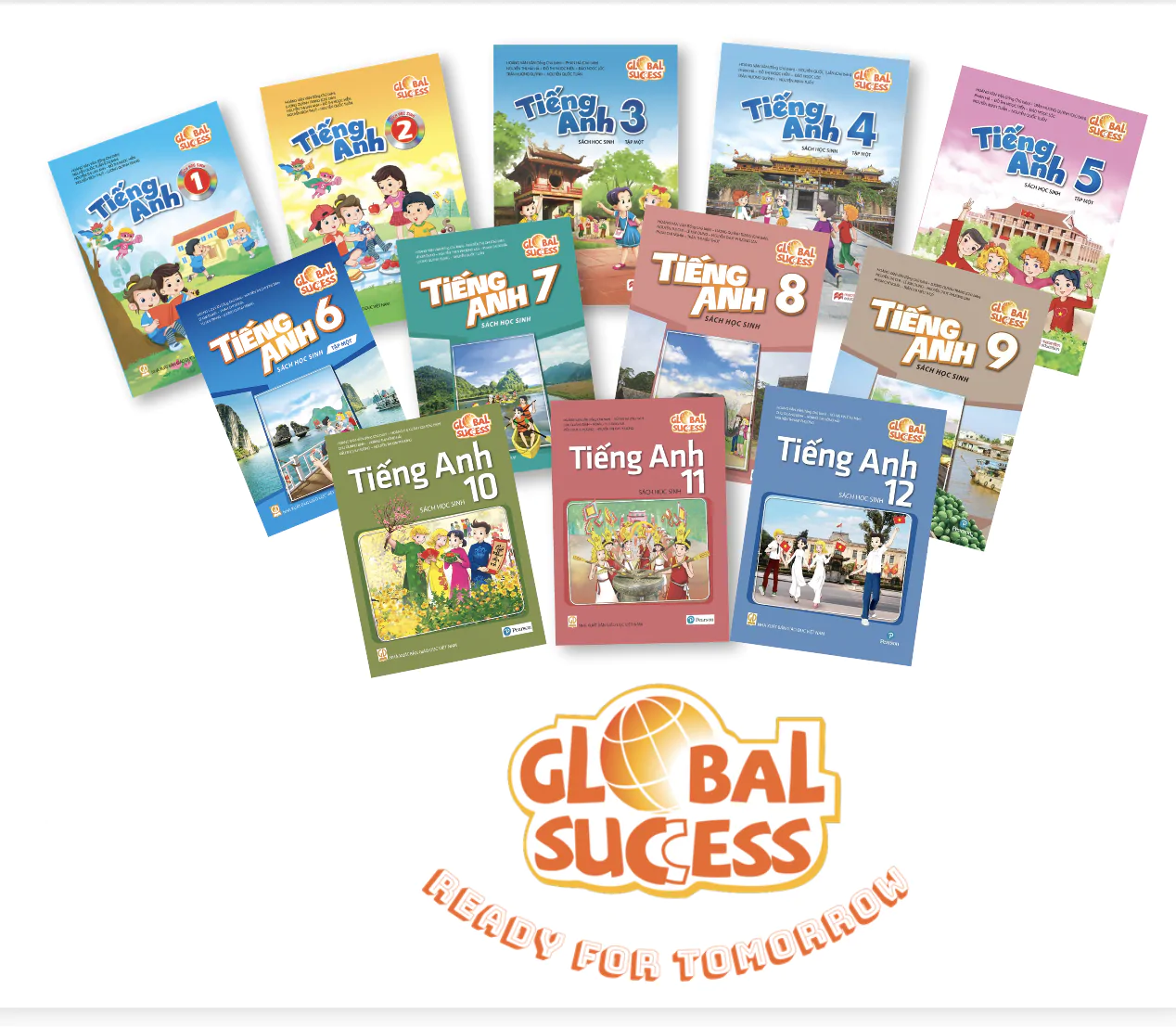













Bình Luận
Để Lại Bình Luận Của Bạn